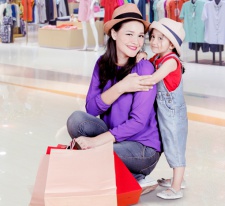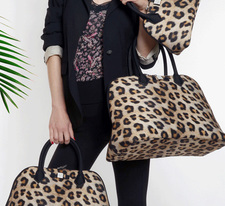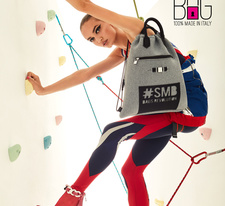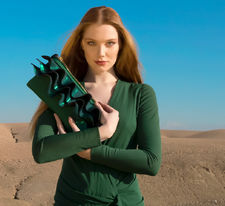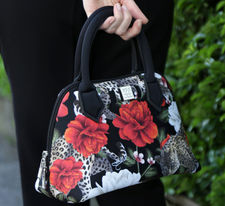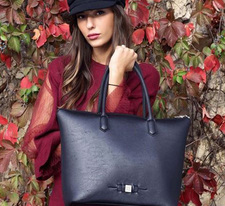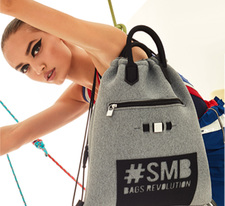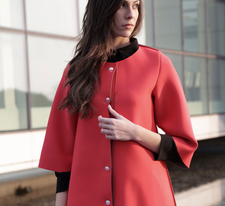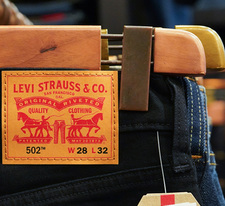Saving for the future
part 1part 2
STRUCTURE OF THE RUSSIAN MARKET OF CHILDREN'S GOODS
In 2017, most of the sales of goods for children were carried out through specialized stores, which captured 50% of the market, as well as supermarkets and hypermarkets, whose share was 31%. The second power channels include markets and fairs, pharmacies and online stores, which accounted for 8%, 5% and 5% of sales, respectively.
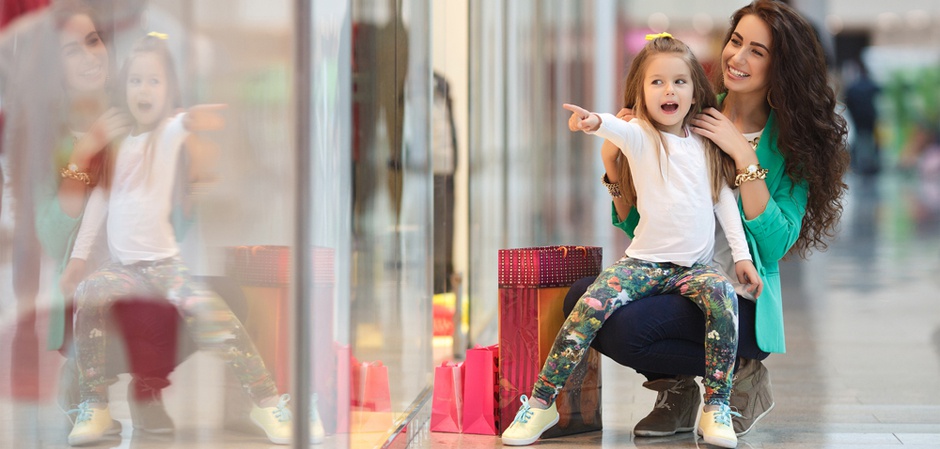
The top three market leaders include such items as children's clothing, food and shoes, which in 2017 accounted for 28%, 19% and 13% of the total volume with sales of 338 billion, 234 billion and 157.4 billion rubles with responsibly. The next most important sector – toys and educational games – accounted for about 10% with sales of 126 billion rubles.
RETAIL PRICE DYNAMICS
The rise in prices has significantly reduced the standard of living of Russians and significantly affected the sales of children's goods. For the period from 2015 to 2017. dinamika prices for things and necessities notnecessities, including clothing and shoes, oseit is rated as high enough. So, for insulated overalls for preschool children, it was about 9-10%, for shoes (boots, half-boots and boots) for the autumn and winter season for schoolchildren it was about 8.9%, and for student backpacks it exceeded 13%. Indicators for other products are presented in the table.
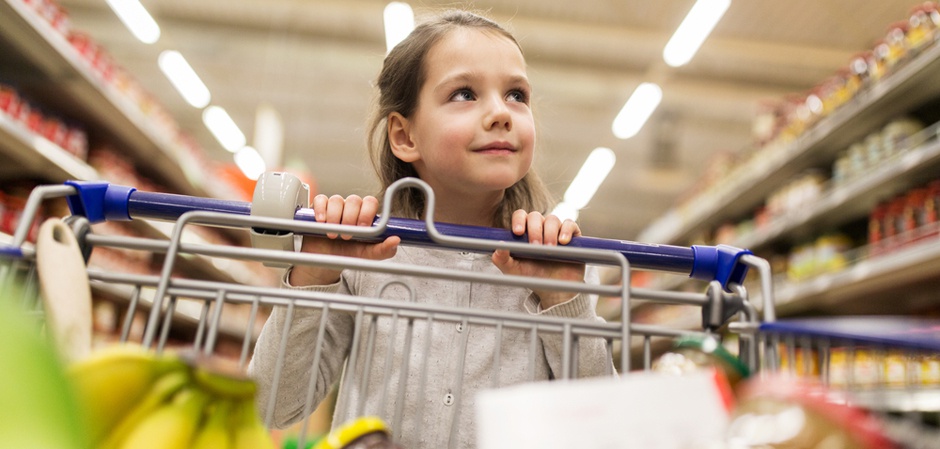
The analysis conducted by the RBC Market Research agency speaks of a difficult situation in the market of children's goods. The success of retailers depends on the price policy, work with suppliers, marketing activity, the right value proposition and the choice of the target audience, in particular age groups. Due to the mentality of Russians who prefer to save more on themselves than on children, we can expect stabilization and faster recovery of this market, compared with women's and men's.
Author: Elena Varnina
Photo: shutterstock


